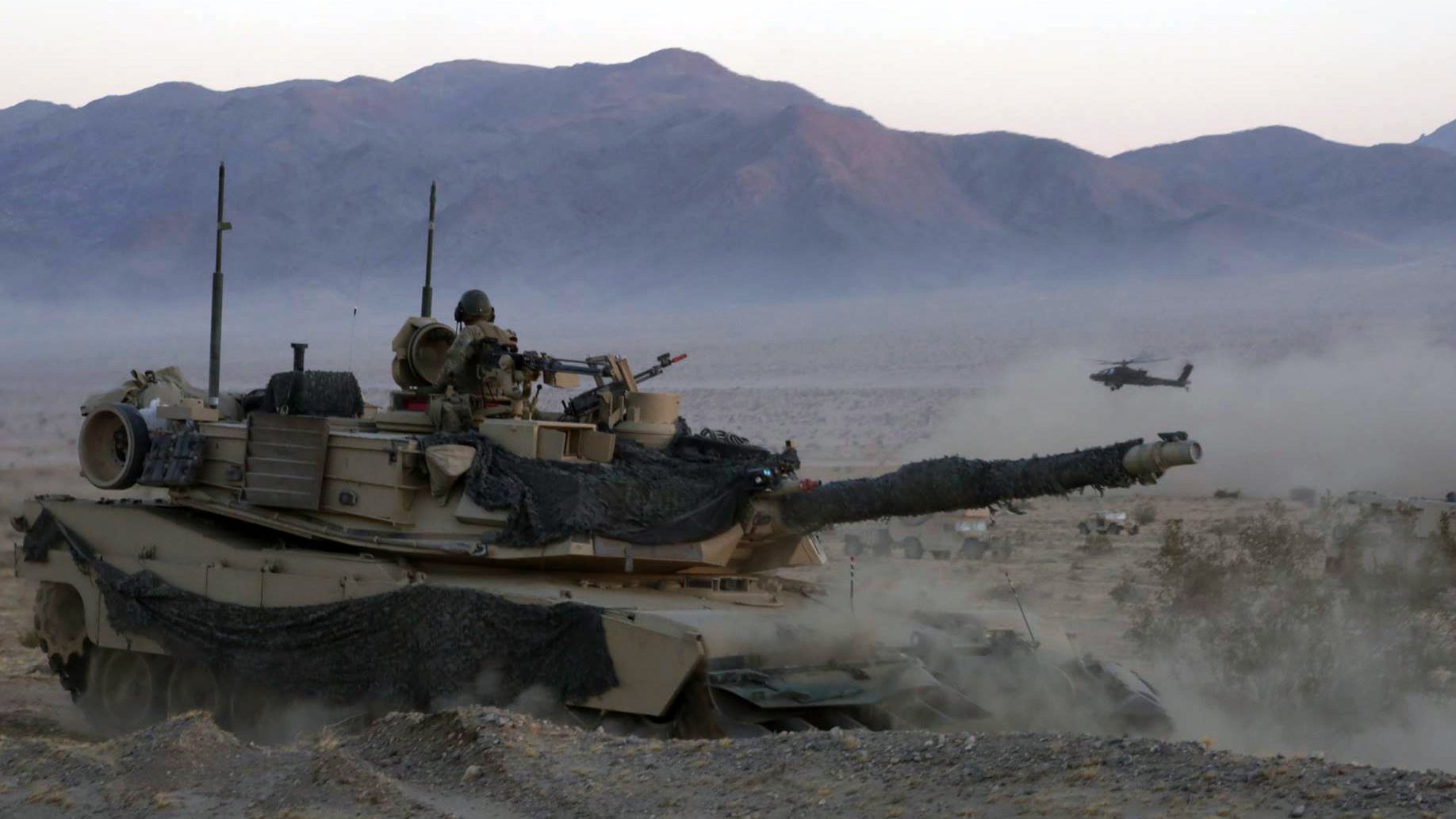OPFOR More Lethal Than It Has Been in Decades
OPFOR More Lethal Than It Has Been in Decades

Opposing forces at the Army’s combat training centers have been outfitted over the past three years to replicate the threat of a near-peer adversary, and the Army is looking at how to bring that realistic opponent to home-station training.
Brigade formations representing opposing forces (OPFOR) at the National Training Center at Fort Irwin, Calif.; the Joint Readiness Training Center at Fort Polk, La.; and the Joint Multinational Readiness Center in Germany are more lethal than they’ve been in close to 40 years, Mario Hoffman, director of the U.S. Army Training and Doctrine Command’s G-2 Operational Environment and Opposing Forces Program, said at a Warriors Corner talk during the AUSA Annual Meeting and Exposition in Washington, D.C.
“In the last 10 years, the Army has invested in and modified the OPFOR more than in the past four decades,” Hoffman said, adding there has been an even more “aggressive shift” since Gen. Mark A. Milley became Army chief of staff more than three years ago.
Recognizing that the Army had been fighting a counterinsurgency for more than a decade, Milley began to pivot readiness training toward the possibility of war with a peer adversary, and boosting the capabilities of the OPFOR was part of a strategy to make training more realistic. “The program is about providing as much of a realistic combat experience short of actual war,” Hoffman said.
Among capabilities the OPFOR has acquired are armored formations, night optics, air defense and unmanned aerial systems, antitank munitions, weapons of mass destruction, the ability to conduct sophisticated dismounted operations, and cyber and electromagnetic spectrum activities.
Scenarios are based on real-time world threat conditions and lessons learned from ongoing and emerging threats. A database of capabilities is online instead of in a stack of manuals, and versions are current based on terrain in areas such as Europe, the Indo-Pacific region and Africa.
While the big combat training centers are home to the OPFOR and all its capabilities, the Army is considering bringing some of the same realism to home-station training areas. “We’re just not sure how to get after some of that, but it’s definitely time for us to transition to home-station training,” Hoffman said.
—Gina Cavallaro, Senior Staff Writer, AUSA

